In order to understand electricity you have to go down to the atomic level.

The simplified model of an atom states that it has a nucleus of protons and neutrons that is surrounded by electrons that orbit around it.
The protons have a positive charge, and the electrons have a negative charge. Which is which polarity was discovered after the concept / standard of positive and negative voltages was created.
Normally there are an equal number of electrons as there are protons. The charges thereby cancel out and there is no net charge on the atom as a whole.
However, the electrons are only loosely bound to the atom and it is relatively easy to force an atom out of orbit. When this happens the atom then has a positive charge and becomes an ION. The free electron of course has a negative charge. As such, there is now a force between the ION and the free electron pulling them back together. This force is the electrical potential between the two.
With a battery or other power supply, the mechanism of the battery of power supply, forces large numbers of electrons to leave their atoms and accumulate at the negative terminal, sort of like parting the sea. This means there is a force pulling between the two which we can measure as the voltage across the terminals. The makeup of a battery or power-supply is such that the electrons are held apart and can not return through the supply.
When you connect a wire, or load, across the terminals you provide a path for the electrons to return to their natural state back at the ions.
However it is not quite as simple as that.
In the wire between there are more atoms with their electrons buzzing around them. When current flows what actually happens is electrons hop from atom to atom in a kind of long chain, akin to a bucket brigade. As each electron hops forward it leaves an ion behind it which attracts an electron from the previous atom and on and on down the wire.

How fast the electrons move will depend only slightly on the voltage across the terminals. How many of them are moving at once does depend on the voltage. In reality, individually, they move quite slowly.
It's like these people walking on the bridge.

They are all walking about the same speed, but there are so many more people jostling to cross at the top that the total "current" of bodies is large. The poor guy in white on the girder is all alone, the "current" on that path is small.


